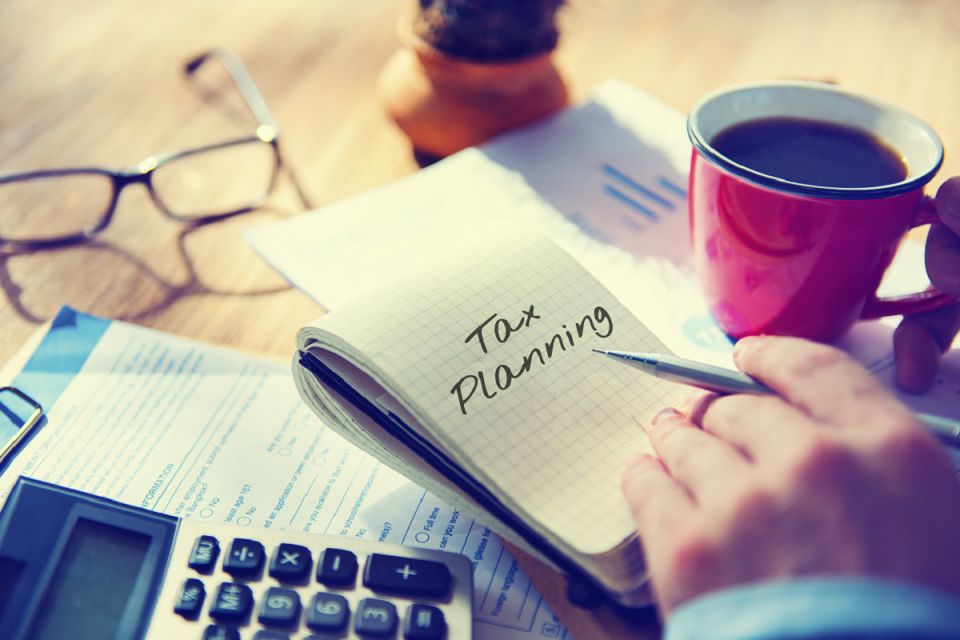How to use the new tax rules efficiently in the new tax year

We look at the changes to the tax rules at the start of the new tax year and how to make sure your savings and investments are as tax efficient as possible by using all your available allowances and exemptions.
The Spring Budget saw the Chancellor cut employee National Insurance Contributions for the second time this year. However, many will not feel the benefit because of the frozen tax thresholds frozen. This means some are now paying more tax as they have moved into a higher tax band.
In addition, according to the economic and fiscal outlook from the Office for Budget Responsibility in November 2023, living standards (as measured by real household disposable income per person) are forecast to be 3.5% lower in 2024-25 per person than their pre-pandemic level.
With a general election approaching, which may bring further tax changes, and the continuing cost-of-living crisis, it makes sense to use all available tax breaks now to help your short and long-term financial security and wellbeing.
So here’s a look at the latest state of play as we start the 2024/25 tax year.
National Insurance
The good news for those in work is that the main rate of Employee National Insurance contributions (NICs) was reduced by a further 2% in the Spring budget, in addition to the 2% reduction we saw in January.
Most employees will now pay Class 1 National Insurance at 8% and self-employed earners will pay class 4 contributions of 6%.
Class 2 NICs have been abolished.
Income Tax
However, the good news on NICs may be offset somewhat by the freezing of personal allowances.
The personal allowance is the amount of money you can earn, or income you can receive, without paying tax. For 2024/25, the personal allowance remains at £12,570 and is frozen at that level until 2028.
Above the tax-free personal allowance, the three income tax bands remain the same. The basic rate (20% is payable on income from £12,570 to £50,270, the higher rate (40%) on income above that to £125,140 with the additional rate (45%) payable on income above that.
Different rates of income tax apply in Scotland.
Dividend and savings income
Through the Personal Savings Allowance, basic-rate taxpayers can continue to earn £1,000 interest on savings before paying tax in 2024/25. For higher-rate taxpayers, the allowance remains at £500, but for additional-rate taxpayers, it’s zero.
However, the dividend allowance, the level of dividends investors can receive tax-free each tax year, continues to shrink.
Back in 2017/18, an investor could receive £5,000 in dividends tax-free. Since then, there have been successive cuts in the dividend allowance, first to £2,000, then £1,000, and this tax year to just £500.
So, whilst in 2017/18 a £5,000 dividend could have been tax-free, it could now attract tax of just over £1,500 for a higher-rate taxpayer and almost £1,800 for an additional-rate taxpayer.
Here’s the tax rates on dividends above the allowance 2024/25.
| Tax Band | % |
| Basic | 8.75% |
| Higher | 33.75% |
| Additional | 39.35% |
If you would like to discuss how you could make better use of the continuing tax allowances for ISAs and pensions, we would be more than happy to help you review your plans and goals to help decide what’s right for you going forward.
Capital Gains Tax
The capital gains tax (CGT) allowances have also been cut. From 6 April, the allowance has halved to £3,000 – down from £6,000 in 2023/24 and £12,000 in 2022/23. This means that even relatively small gains are potentially exposed to a CGT charge.
To mitigate this potential problem, ISAs are a useful option, as any gains from investments held in the ISA are tax-free. The same is true of investments held in a pension, such as a SIPP. Investors could also manage their CGT liability by using the annual allowance each year, crystallising losses, or transferring assets to a spouse.
For more experienced investors, you could also consider using Venture Capital Trusts (VCT) or the Enterprise and Seed Enterprise Investment Schemes (EIS and SEIS). Increases in the value of shares in these schemes do not attract capital gains tax. It should be stressed however that these schemes are for experienced investors only and you should seek financial advice if you wish to consider them.
Personal pensions
As announced last year, the big pensions change which has now come into effect is the abolition of the lifetime allowance. There is now no limit on how much you accumulate in your pension, which is good news if you’re saving towards retirement or already accessing your pension pot.
The standard annual allowance for pension contributions – that is, the maximum total pension contribution you can make and receive the full benefits of tax relief in a year – remains at £60,000.
Tax relief on personal contributions is limited to up to 100% of your relevant earnings in the tax year. But if you earn £3,600 or less, or don’t earn at all, the maximum you can contribute is £3,600.
So if you’re saving towards your retirement, you now have the opportunity to greatly increase the amount you can pay into your pension pot each year, taking advantage of the generous pension tax allowances.
There is a sting in the tail, however. There is a cap on the pension tax-free lump sum set at £268,275 – or 25% of your actual pension pot, whichever is lower. So the most you can ever draw down, tax-free, from your pension is £268,275. After that, anything you take from your pension will be subject to Income Tax at your marginal rates.
Another potentially bigger sting in the tail is that an incoming Labour government is very likely to reinstate the lifetime allowance, so a degree of caution is advised.
It also confirms the importance of saving as much as you can afford in tax-efficient accounts such as ISAs.
ISAs
ISAs are celebrating their 25th birthday, and to mark the occasion there are several small changes which should simplify the ISA landscape, ironing out a few inconsistencies, and bringing more flexibility and choice for savers and investors.
So whilst your tax-efficient ISA allowance is still £20,000 for 2024/25, you can now open and pay into multiple ISAs of the same type each tax year.
That means that, unlike the old system, you can now pay into two or three different Cash ISAs, for example, or open several Stocks and Shares ISAs.
You can now also transfer part of your balance from one ISA provider to another, regardless of when the money was paid in. Under the old rules, you had to transfer your entire ISA of that type from the current tax year or nothing at all. Now, you can keep some money with your existing provider and retain that ISA.
A new addition to the ISA landscape, however, will be the British ISA, designed to encourage investments in UK assets. With an extra £5,000 allowance on top of the existing £20,000 ISA limit, it is designed to encourage investment in British companies. The launch date for British ISAs has yet to be announced, with the government still consulting on the details.
Finally, the Junior ISA annual allowance also remains unchanged at £9,000. Junior ISAs are a good way to give your children or grandchildren a financial head start (as are children’s pensions). Since they can’t access the money until they’re 18, their savings have a greater chance to grow in the long-term, especially if you open a Junior Stocks and Shares ISA for them.
Inheritance Tax
Potential changes to the Inheritance Tax (IHT) regime were widely trailed before the Spring Budget, but in the end, nothing changed.
The upshot is that the Inheritance Tax (IHT) nil-rate band for this tax year remains the same at £325,000. This is frozen until 2028. The Residence Nil Rate Band (RNRB), where your main residence can pass to direct descendants, also remains fixed at £175,000.
With the IHT thresholds still frozen, more estates are being pulled into paying the tax, due to fiscal drag. HMRC reports that IHT receipts are set for a record high this financial year, after reaching £6.8 billion between April and February.
Because of this, if you feel you might need some estate planning, please don’t hesitate to contact us.
Contact Us
We still live in challenging and changing times, so as we start the new tax year, it’s a good time to take stock, and to review your family finances and goals against the current landscape.
It can also make sense to get some financial advice, so do get in touch with us. We can help you make sure you’re making the most of all your allowances this year.
Please note
This guide is for general information only and does not constitute financial advice.
A pension is a long-term investment not normally accessible until 55 (57 from April 2028). The fund value may fluctuate and can go down, which would have an impact on the level of pension benefits available.
VCTs, EIS and SEIS investments are high risk and for experienced investors only. You should not invest money you cannot afford to lose.
The value of investments can go down as well as up and you may not get back the full amount invested.
Past performance is not a reliable indicator of future performance.
